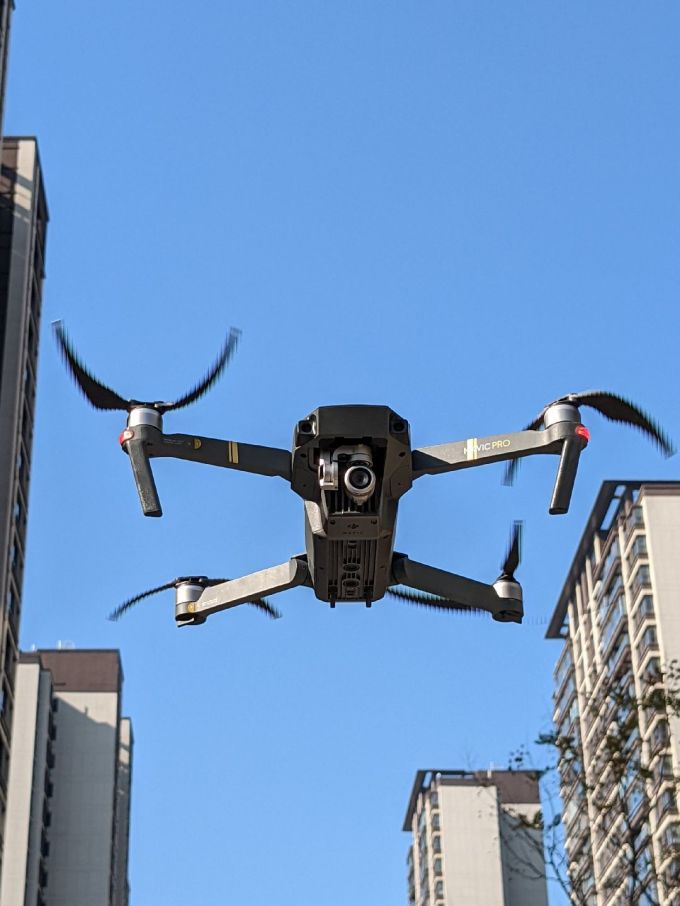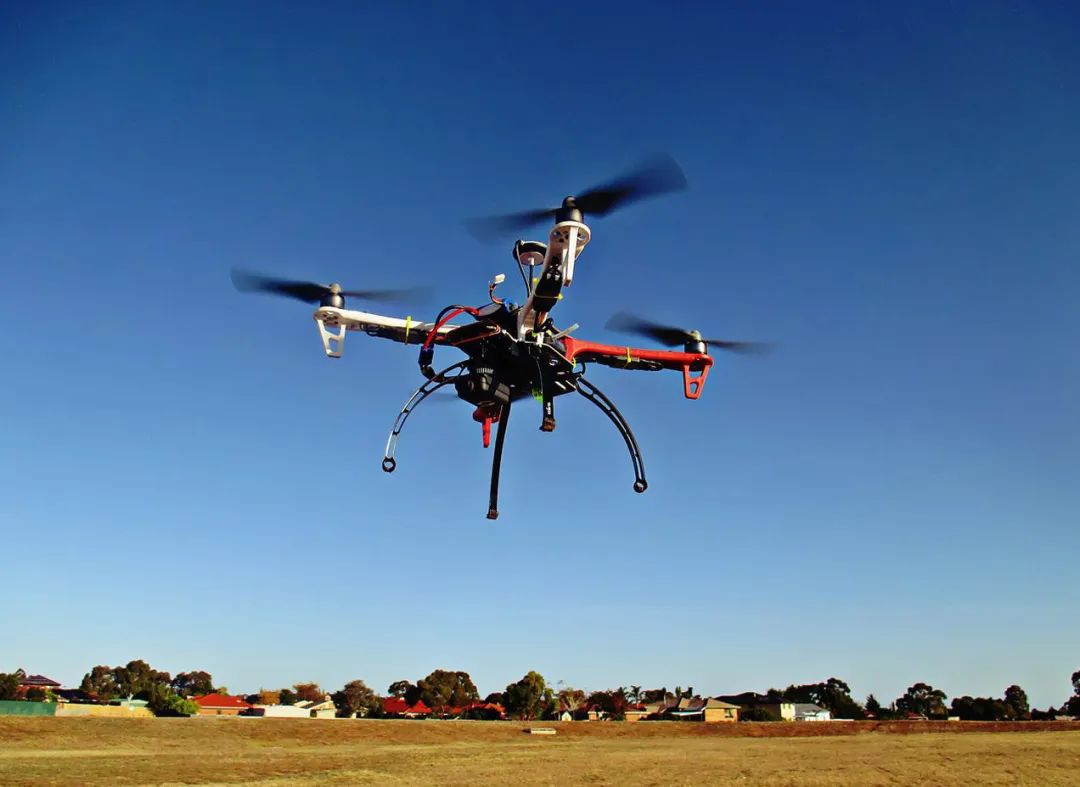Mastering Obstacle Avoidance in Drones
Drones have become essential tools in various sectors, from aerial photography to agriculture, mapping and even delivery services. Their ability to navigate complex environments is crucial for efficiency and safety. Understanding how drones avoid obstacles enhances their utility and reliability. In this article, we explore innovative techniques and technologies that enable drones to skillfully maneuver around obstacles.
Integrating Advanced Sensors
One of the most effective ways drones avoid obstacles is through the use of advanced sensors. These sensors include LIDAR, ultrasonic, infrared, and visual cameras. LIDAR offers precise distance measurements by analyzing reflection time of light pulses, giving drones a three-dimensional map of their surroundings. Ultrasonic sensors, on the other hand, use sound waves and are particularly useful for detecting objects in close proximity. Infrared sensors enable drones to perceive heat signatures, aiding navigation during night or in unfavorable lighting conditions.
Algorithmic Path Planning
Another critical aspect is algorithmic path planning. Drones utilize algorithms to calculate the safest and most efficient route by continuously processing data from sensors. The application of machine learning enables drones to adapt to dynamic environments, improving their decision-making processes in real-time. These algorithms simulate various scenarios, allowing drones to anticipate and navigate obstacles effectively.


Avoiding Obstacles by Enhancing Communication
Enhancing communication between drones and operators plays a vital role in obstacle avoidance. Remote pilots can utilize real-time data streaming to monitor environments and give commands for immediate maneuvers. This communication ensures that drones operate within safe parameters, especially in densely populated or intricate landscapes.
Innovations in Drone Design
Innovative design features also contribute to drones’ obstacle avoidance capabilities. Aerodynamic structures reduce weight and improve maneuverability. Some drones incorporate flexible frames that minimize damage during occasional impacts, while others feature retractable propellers to reduce the likelihood of entanglement. These design advancements complement sensor technologies, creating an integrated system for obstacle navigation.
Challenges and Future Prospects
Despite these advancements, challenges remain. Battery life constraints and sensor limitations can impact performance. As technology evolves, however, the future prospects include energy-efficient drones with enhanced obstacle detection capabilities, powered by AI and increasingly sophisticated sensor systems.

Frequently Asked Questions
How do drones use AI for obstacle avoidance? Drones use AI to process data from sensors, predicting obstacles and calculating best routes in real-time. This adaptive learning improves their capability to avoid collisions.
Can drones navigate fully autonomously in complex environments? While fully autonomous navigation is still in development, many drones can navigate autonomously using pre-programmed algorithms combined with real-time sensor data.
What advancements are expected in drone obstacle avoidance? Future advancements include enhanced AI Machine Learning models, improved energy-efficient designs, and more advanced sensor integration, broadening their use in various sectors.
